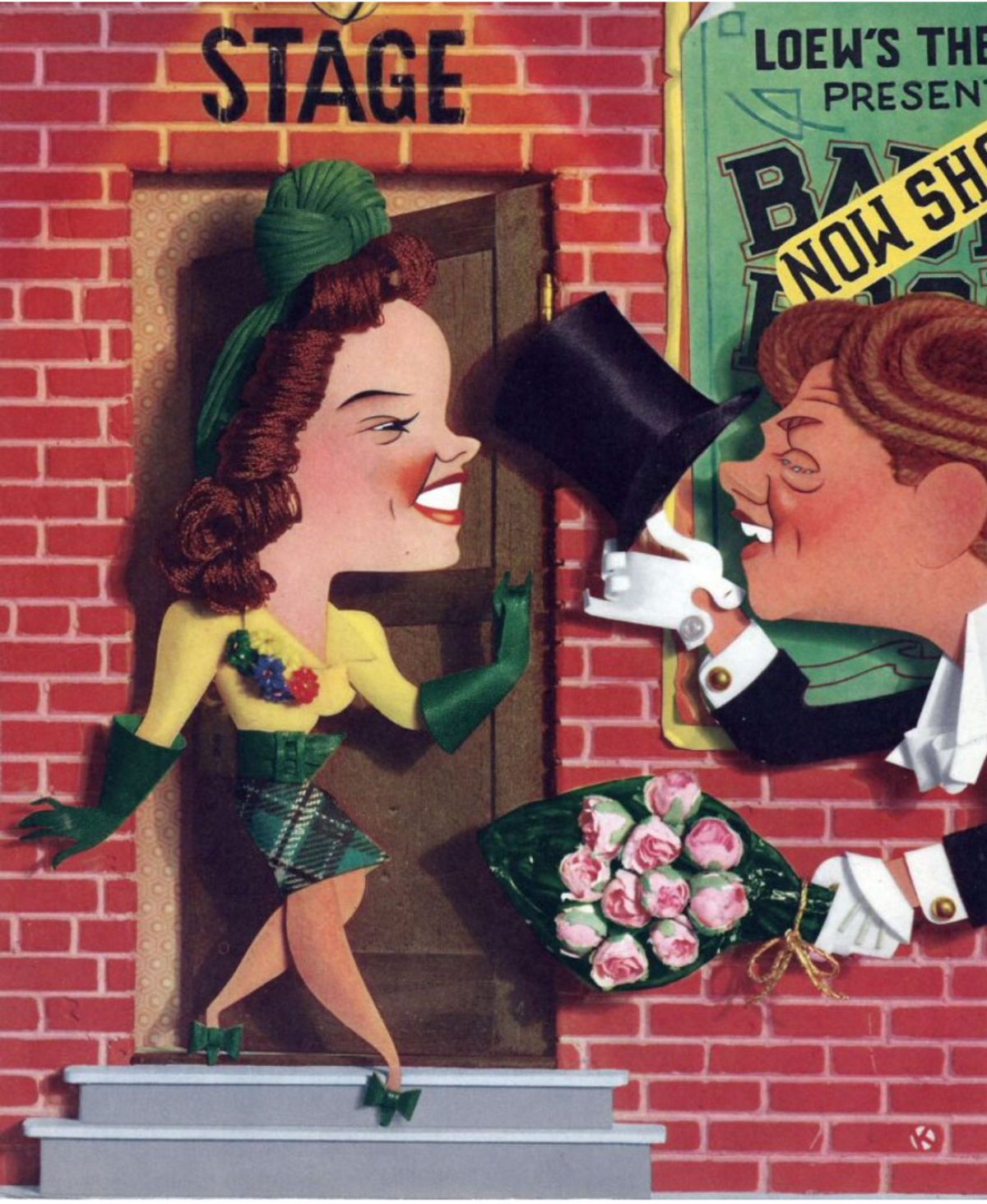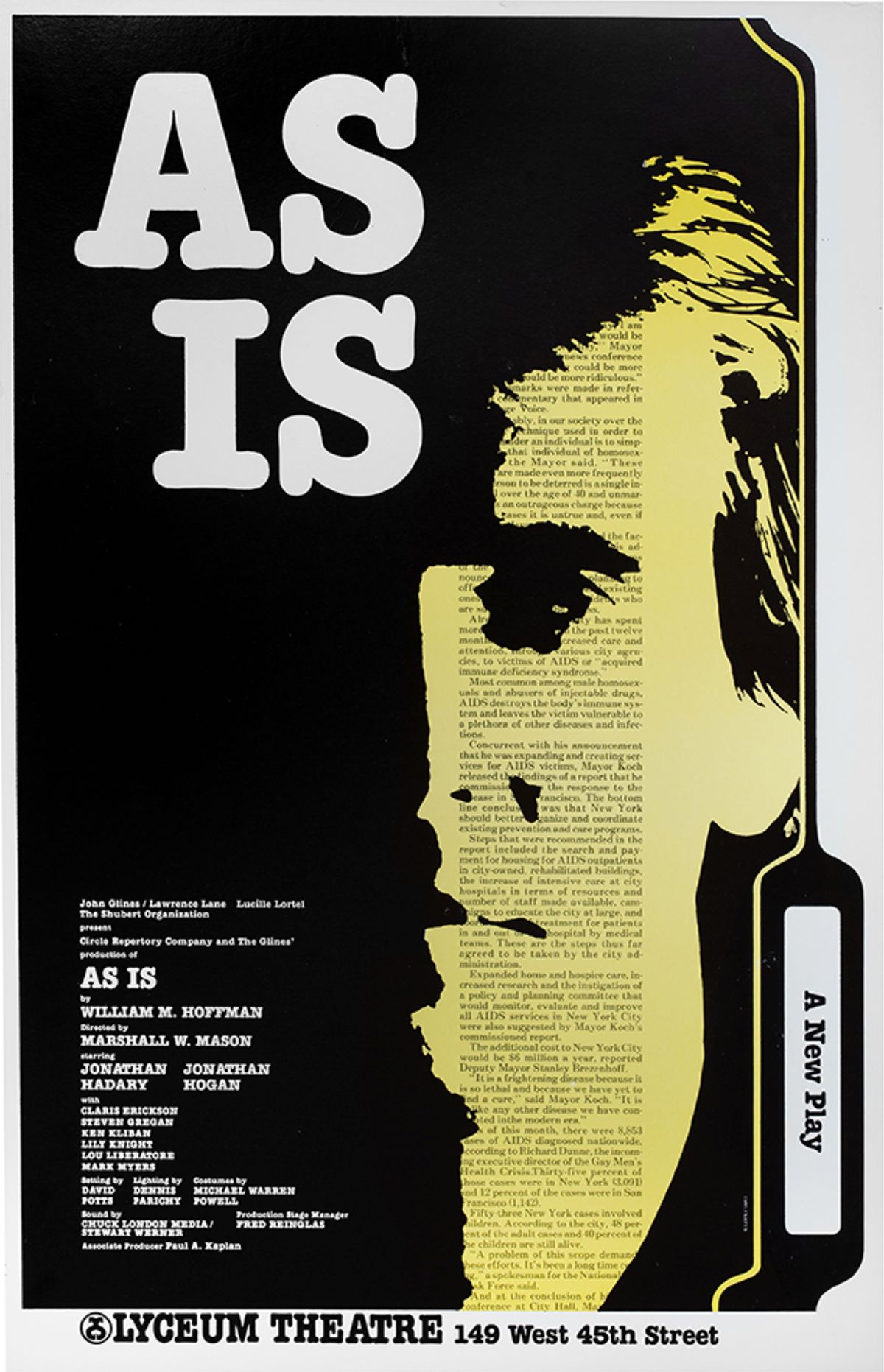female impersonator

Hollywood Movie Memorabilia
| Hollywood History, LGBTQ Cultural History, Movie Memorabilia, Pressbooks, Vintage Original Studio Photographs
When it comes to Hollywood Movie Memorabilia, much of WalterFilm’s vintage original stock might be considered “Hollywood” because a substantial amount of material either comes from Hollywood or references it. And when it comes to “Movie Memorabilia”, a large portion of what we offer could fit that…

Drag Before RuPaul
The term “Drag” is the shortened version of “Drag Queen” which, in many circles today, is a derogatory description of men who like to dress as women either as a life choice or as a female impersonator.
RuPaul changed “Drag Queen” to “Drag” in 2009, when he became an international celebrity, tu…

Four Early 20th Century LGBTQ Notables
The four gifted LGBTQ individuals featured in this month’s blog made significant contributions in their respective fields during the first half of the 20th Century.
Dorothy Arzner, a Lesbian, was, from 1927 until her retirement from feature film directing in 1943, the only female feature f…

6 PLAYS & PERFORMERS IN THE HISTORY OF LGBTQ THEATER
June is Pride Month celebrating our LGBTQ community and its history. In its honor, WalterFilm.com presents six posters of performers and plays that reflect LGBTQ’s diversity and creativity. From Dame Judith Anderson, doyenne of the classical American stage, fulfilling her long-held desire to…
